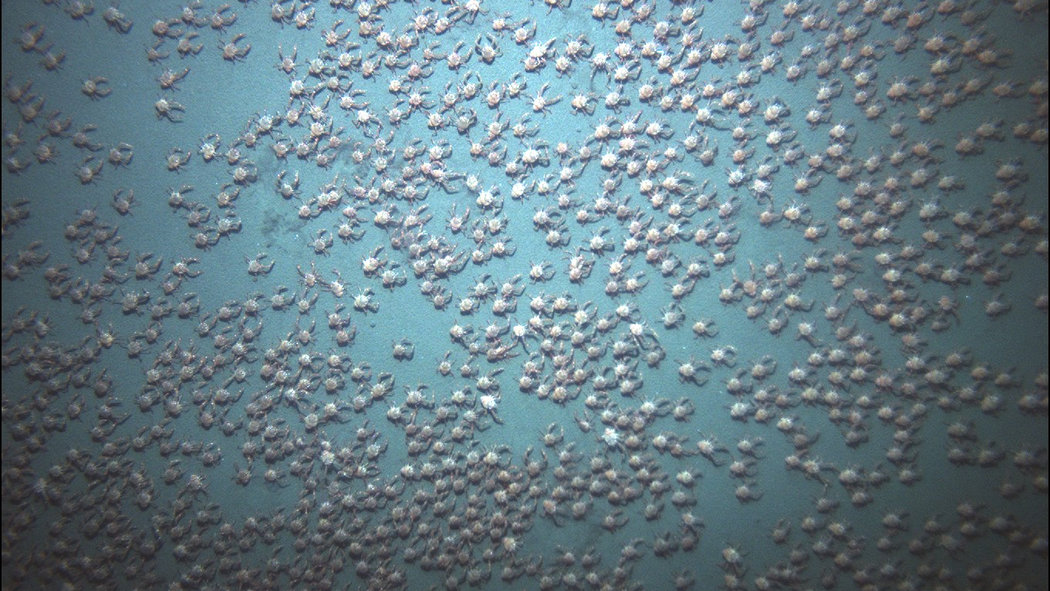The largest aquifer on the planet is actually underneath the floor of the ocean. Although researchers have had a difficult time drilling through the layers of sediment, details published in the journal Scientific Reports reveals that microbial life can be found while drilling up to 820 feet, or 2.7 miles, into the ocean floor. According to Marine Biological Laboratory associate scientist Julie Huber, ” in many cases, we found the same general group of bacteria in the crustal aquifer and in bottom seawater, but different species within that group”. This is the first study to provide detail on the sub-seafloor microbial community in a “cold” crustal aquifer site. Read more…
Yes, you read the title of this article correctly. Pretty shocking! “Whale vomit” is a slang term used for chunks of ambergris that is produced by sperm whales. Scientist believe that this substance is formed in the intestinal tract of male sperm whales. When the ambergris is released from the whale, the chunks will float to the surface and congeal. The longer the substance floats in the salt water, the more it develops an earthy aroma. This week, a couple in Lancaster, England found a 3.5 pound lump of ambergris on the beach. They are now looking to sell it to brokers in New Zealand or Europe. It’s value is depended on the age and scent that it has developed. The product will not only provide a unique smell but, it helps affix the perfume to the skin. There have been some controversy over the substance. Since it comes from sperm whales, a species listing in a CITES category and under the US endangered species act, technically the use of ambergris is illegal in the United States. Read more…
 Honestly, I vaguely remember having a nightmare about this!
Honestly, I vaguely remember having a nightmare about this!
This week scientists from Woods Hole Oceanographic Institution reported that they stumbled upon thousands of crabs marching like a zombie horde while examining sea urchins, sponges, and black coral from their submarine in Panama’s Hannibal Bank Seamount. The crabs were approximately an inch long and found around 1,200 feet below sea level Read more…
To watch the video of the thousands of crabs click here…
5. El Nino’s Warm Water Devastates Coral Reefs
Be sure to “LIKE” http://facebook.com/SeaSave to ensure our “Week in Review” is delivered to your newsfeed every Thursday.




